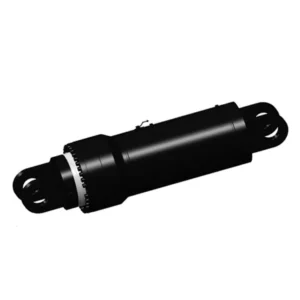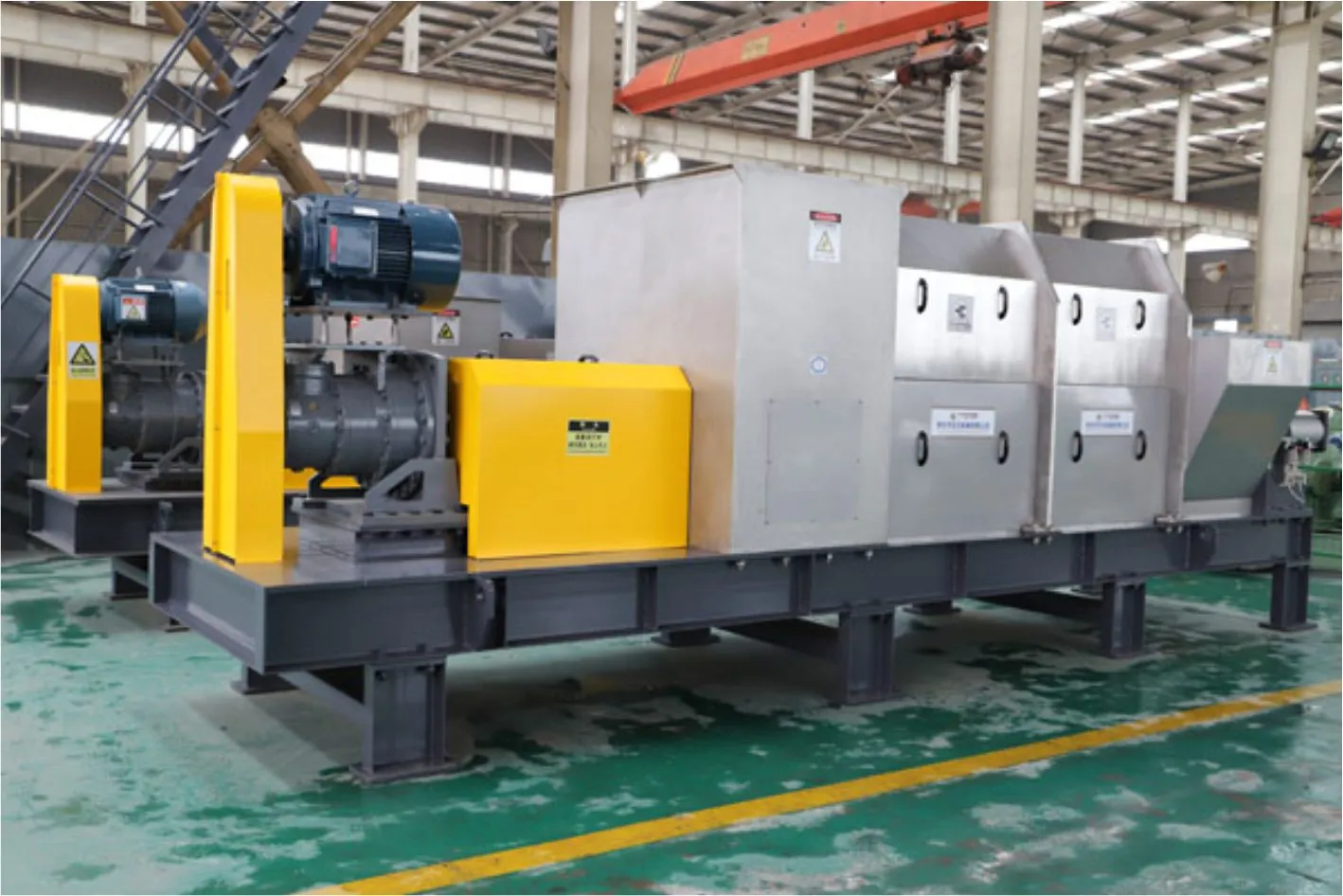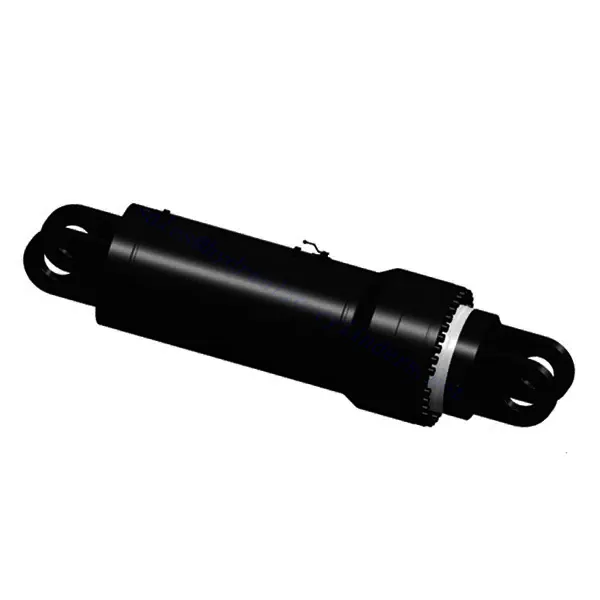Electric Furnace Lifting Cylinder
Jako jeden z producentów, dostawców i eksporterów produktów mechanicznych, oferujemy cylindry hydrauliczne i wiele innych produktów.
Prosimy o kontakt w celu uzyskania szczegółowych informacji.
Poczta:sales@hydraulic-cylinders.net
Producent dostawca eksporter siłowników hydraulicznych.
Electric Furnace Lifting Cylinder

The electric furnace lifting cylinder is a state-of-the-art product designed to enhance efficiency and productivity in industrial furnace operations. This cutting-edge cylinder provides a reliable and powerful mechanism for lifting and positioning furnace components, optimizing material handling processes, and improving overall workflow.
The electric furnace lifting cylinder revolutionizes industrial furnace operations by providing precise positioning control and high lifting capacity. With its robust construction, advanced control system, electric actuation, and precise positioning capabilities, this cylinder streamlines material handling, optimizes workflow, and enhances productivity. By following the recommended usage methods and maintenance practices, you can ensure the optimal operation and longevity of the electric furnace lifting cylinder, contributing to seamless and efficient furnace operations in your industrial setting.
Electric Furnace Lifting Cylinder Key Characteristics:
- Robust Construction:
- The electric furnace lifting cylinder is built with high-quality materials, ensuring exceptional durability and longevity.
- Its robust construction allows it to withstand heavy loads and harsh industrial environments without compromising performance.
- High Lifting Capacity:
- This cylinder boasts a high lifting capacity, making it suitable for handling heavy furnace components with ease.
- Its impressive lifting power enables efficient material handling and positioning, optimizing workflow and reducing manual labor requirements.
- Precise Positioning:
- The electric furnace lifting cylinder offers precise and accurate positioning control for enhanced operational efficiency.
- Its advanced control system allows operators to lift and position furnace components precisely, minimizing errors and optimizing workflow.
- Electric Actuation:
- This cylinder operates through an electric actuation system, eliminating the need for manual lifting or cumbersome hydraulic systems.
- The electric actuation provides convenience, speed, and precise control, streamlining furnace operations and reducing downtime.
Electric Furnace Lifting Cylinder Parameter:
| Product Name | Electric Furnace Lifting Cylinder |
| Bore diameter: | 100mm |
| Rod diameter: | 70mm |
| Pressure: | 14MPa |
| Thrust force: | Maximum 53KN |
| Electric Furnace Lifting Cylinder Applications: | Electric Furnace |
Electric Furnace Cylinder Factory:

Usage Method Of Electric Furnace Lifting Cylinder:
- Installation:
- Begin by securely and properly mounting the Electric Furnace Lifting Cylinder onto the furnace structure.
- Follow the manufacturer’s guidelines and specifications for correct positioning and attachment.
- Ensure that all connections, such as electrical wiring, are properly secured and free from loose connections.
- Electrical Connection:
- Connect the electric furnace lifting cylinder to the power supply, following the manufacturer’s instructions and electrical codes.
- Verify that all electrical connections are secure and insulated to prevent potential hazards or malfunctions.
- Lifting and Positioning:
- Activate the electric furnace lifting cylinder using the control panel or switch designated for lifting operations.
- The cylinder will lift and position furnace components smoothly and precisely, ensuring optimal alignment and material handling.
- Monitor the lifting and positioning process closely and make any necessary adjustments to achieve the desired height or position.
- Integration with Control Systems:
- The electric furnace lifting cylinder can seamlessly integrate into existing furnace control systems.
- Consult a qualified technician or refer to the manufacturer’s guidelines to ensure proper integration and compatibility with your specific furnace setup.
How A Hydraulic Cylinder Works?
A hydraulic cylinder is a mechanical device that converts hydraulic energy into linear force and motion. It operates based on the principles of fluid dynamics and Pascal’s law. Here’s a simplified explanation of how a hydraulic cylinder works:
- Basic Components:
- Cylinder Barrel: A cylindrical tube that houses the piston and fluid.
- Piston: A solid, cylindrical component that divides the cylinder barrel into two chambers.
- Piston Rod: A rod attached to the piston that extends outside the cylinder barrel.
- Seals: Specialized components that prevent fluid leakage between the piston and cylinder barrel.
- Hydraulic Fluid:
- Hydraulic cylinders utilize a specialized fluid, typically hydraulic oil or fluid, which is stored in a reservoir.
- The fluid is pumped from the reservoir into the cylinder through hydraulic hoses or pipes.
- Two Chambers:
- The cylinder barrel is divided into two chambers by the piston: the rod side (or head end) and the cap side (or blind end).
- When pressure is applied to one side of the piston, it causes movement in the opposite direction.
- Extension Stroke:
- In the extension stroke, hydraulic fluid is pumped into the rod side of the cylinder.
- The pressure of the fluid pushes against the piston, causing it to move outward, extending the piston rod.
- As the piston extends, the volume of the cap side chamber increases, and the fluid from that chamber returns to the reservoir.
- Retraction Stroke:
- In the retraction stroke, hydraulic fluid is pumped into the cap side of the cylinder.
- The pressure of the fluid pushes against the piston, causing it to move inward, retracting the piston rod.
- As the piston retracts, the volume of the rod side chamber increases, and the fluid from that chamber returns to the reservoir.
- Control Valves:
- Hydraulic cylinders are controlled by valves that regulate the flow of hydraulic fluid into and out of the cylinder.
- Directional control valves determine the direction of movement (extension or retraction) of the piston.
- Flow control valves regulate the speed of movement by adjusting the flow rate of hydraulic fluid.
- Force and Work:
- The force generated by a hydraulic cylinder is directly proportional to the pressure of the hydraulic fluid and the effective area of the piston.
- By increasing the pressure or the effective piston area, greater force can be generated.
- This force can be utilized to perform work, such as lifting heavy loads, pushing or pulling objects, or actuating mechanical components.
- Sealing System:
- Seals are incorporated into the hydraulic cylinder to prevent leakage of hydraulic fluid between the piston and cylinder barrel.
- These seals ensure that the pressure generated by the hydraulic fluid is maintained and that the cylinder operates efficiently.
- Maintenance:
- Proper maintenance of hydraulic cylinders is crucial for optimal performance and longevity.
- Regular inspection of seals, checking for fluid leaks, and maintaining the appropriate hydraulic fluid level and cleanliness are important maintenance practices.
Możliwości i pojemność fabryki:
(1) Montaż
Dysponujemy najwyższej klasy niezależną platformą badawczo-rozwojową. Warsztat produkcji siłowników hydraulicznych posiada cztery półautomatyczne linie montażowe siłowników podnoszących i jedną automatyczną linię montażową siłowników przechyłu, o projektowanej rocznej zdolności produkcyjnej 1 miliona sztuk. Specjalny warsztat cylindrów jest wyposażony w różne specyfikacje półautomatycznego systemu montażu czyszczącego o projektowanej rocznej zdolności produkcyjnej 200 000 i wyposażony w słynny sprzęt do obróbki CNC, centrum obróbcze, specjalny sprzęt do precyzyjnej obróbki cylindrów, robot spawalniczy, automatyczna maszyna czyszcząca, automatyczna maszyna do montażu cylindrów i automatyczna linia produkcyjna do malowania. Istniejący krytyczny sprzęt składa się z ponad 300 zestawów. Optymalna alokacja i efektywne wykorzystanie zasobów sprzętowych zapewniają wymagania dotyczące dokładności produktów i spełniają potrzeby wysokiej jakości produktów.


(2) Obróbka
Warsztat obróbki skrawaniem jest wyposażony w niestandardowe centrum tokarskie z pochyloną szyną, centrum obróbcze, szybkobieżną honownicę, robota spawalniczego i inny powiązany sprzęt, który może obsługiwać przetwarzanie rur cylindrycznych o maksymalnej średnicy wewnętrznej 400 mm i maksymalnej długości 6 metrów.

(3) Spawanie

(4) Malowanie i powlekanie
Z małymi i średnimi automatycznymi liniami do powlekania farbami na bazie wody, w celu osiągnięcia automatycznego załadunku i rozładunku robota oraz automatycznego natryskiwania, wydajność projektowa 4000 sztuk na zmianę;
Posiadamy również półautomatyczną linię do produkcji farb do dużych cylindrów napędzaną łańcuchem napędowym, o wydajności 60 skrzyń na zmianę.


(5) Testowanie
Dysponujemy najwyższej klasy urządzeniami kontrolnymi i stanowiskami testowymi, aby zapewnić, że wydajność cylindra spełnia wymagania.

We are one of the best hydraulic cylinder manufacturers. We can offer comprehensive hydraulic cylinders. We also provide corresponding przekładnie rolnicze. Eksportowaliśmy nasze produkty do klientów na całym świecie i zdobyliśmy dobrą reputację dzięki najwyższej jakości produktów i usług posprzedażnych. Zapraszamy klientów w kraju i za granicą do kontaktu z nami w celu negocjacji biznesowych, wymiany informacji i współpracować z nami!
Zapraszamy na wycieczkę po naszej fabryce VR:
Wybierz się na wycieczkę po naszej fabryce VR z następującymi elementami
Siłownik hydrauliczny Zastosowanie:


